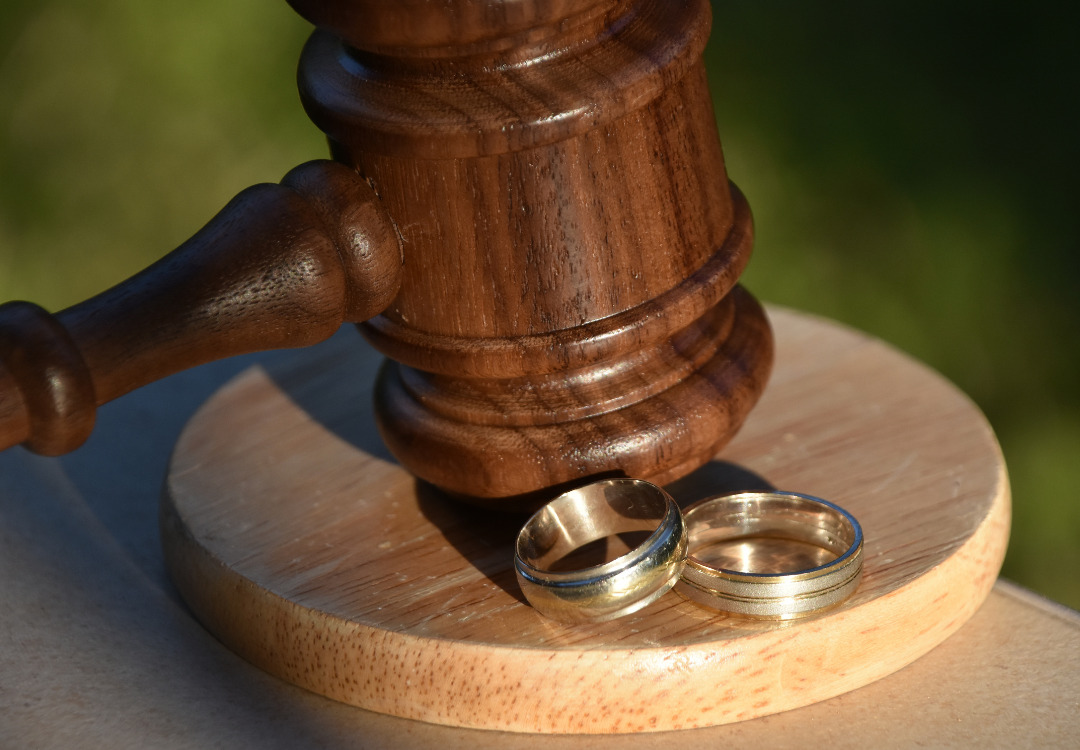Division of Property
In Florida, pursuant to statutory and case law requirements, there is a strong presumption that marital assets and liabilities are to be equally divided and distributed between spouses upon the dissolution of their marriage. However, if there is “justification” for an unequal distribution and division of the marital assets and liabilities, the court is authorized to do so after consideration of numerous statutory factors and if the equities so dictate.
Generally, marital assets and liabilities are those acquired or incurred during the marriage (regardless of whose name the particular asset or liability may be in and could include an asset or liability in the name of a third party or entity), the enhancement/appreciation in value of nonmarital assets (see below) resulting from the “active” efforts of either party during the marriage or from the contribution to or expenditure thereon of marital funds or other forms of assets or both, interspousal gifts during the marriage, and other vested and nonvested benefits, rights, entitlements, etc., accrued or earned during the marriage such as retirement, pension, profit-sharing, and other type of plans and programs.
All real and personal property held by the parties as tenants-by-the-entireties are presumed to be a marital asset. Thus, for example, where one spouse owned a home prior to the marriage and after the marriage placed title to that home in both spouses names as tenants-by-the-entireties, such creates a presumption that the owning spouse gifted to the other spouse a one-half interest in that home. To overcome the gift presumption there must be clear and convincing evidence which is a fairly heavy burden. While the determination of whether or not a particular asset is marital or nonmarital may seem simple enough, there are myriad of factors and circumstances which may complicate the determination and classification. Oftentimes, the need for the retainment of a particular expert such as a certified public accountant, business evaluator, etc., becomes necessary or appropriate.
In the distribution and division of assets and liabilities, the court is also required to identify each party’s nonmarital assets and liabilities and award that party his or her nonmarital assets and liabilities. Nonmarital assets and liabilities include assets acquired and liabilities incurred prior to the marriage (and assets acquired and liabilities incurred in exchange for those premarital assets and liabilities), assets acquired separately by each spouse by non-interspousal gift, bequest, devise or descent (i.e. inheritances) and assets acquired in exchange for those assets, all income derived from nonmarital assets during the marriage unless the income was treated, used, or relied upon by the parties as a marital asset (note that while simply using the income from a nonmarital asset may render the income marital, the principal or res of the marital asset may not necessarily and usually does not become marital just by utilizing the income therefrom to pay marital expenses or to purchase marital assets), and assets and liabilities excluded from being marital assets and liabilities by written agreement of the parties (and assets acquired and liabilities incurred in exchange for such assets and liabilities). Also, any liability that is incurred by forgery or unauthorized signature of one spouse signing the name of the other spouse would be considered the nonmarital liability of the spouse having committed the forgery or having affixed the unauthorized signature.


Comprehensive Family Law Services
C
Our experienced attorneys handle the full spectrum of marital and family law matters with skill, sensitivity, and strategic thinking. We are experts in the following areas of practice:
